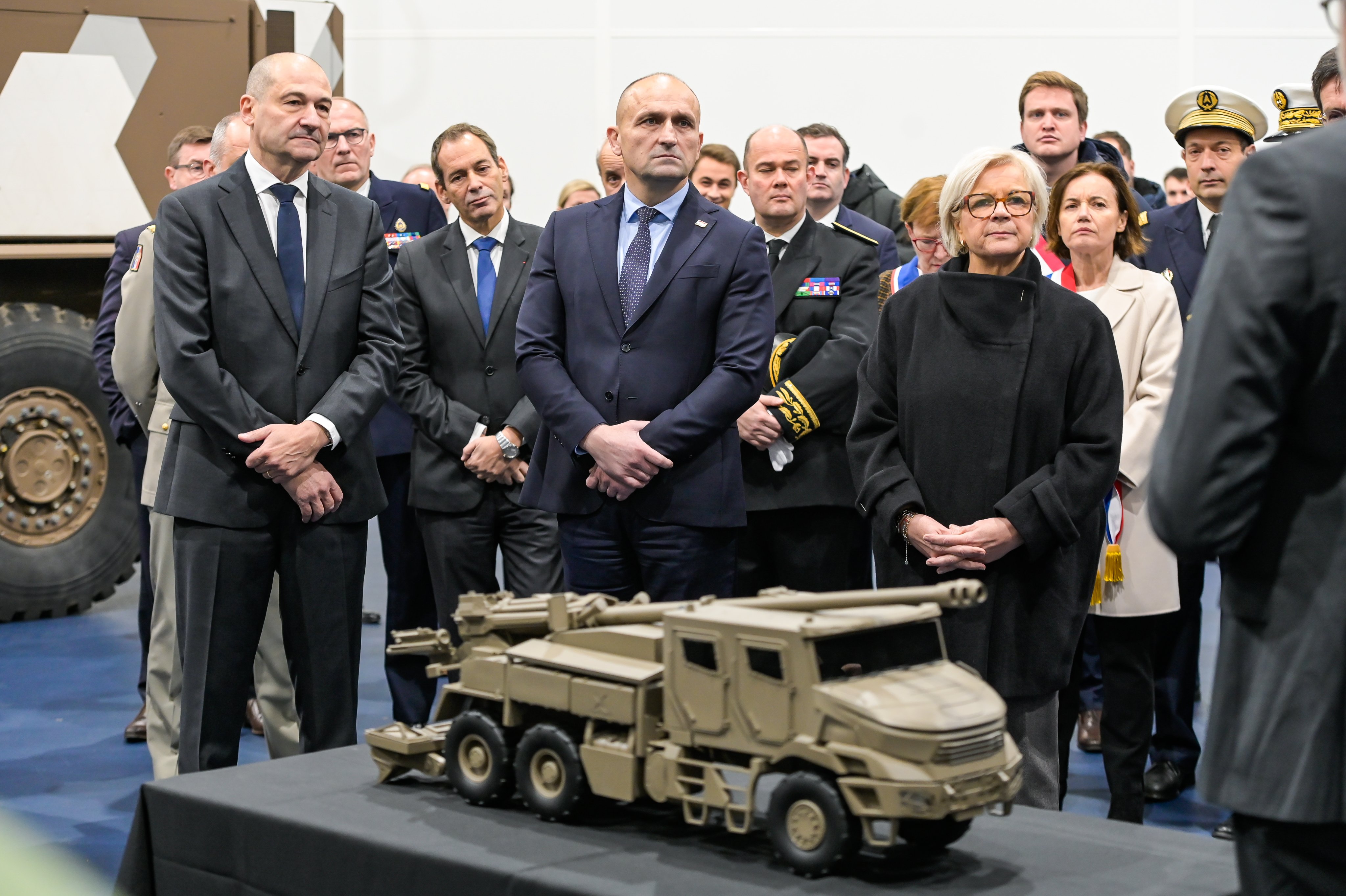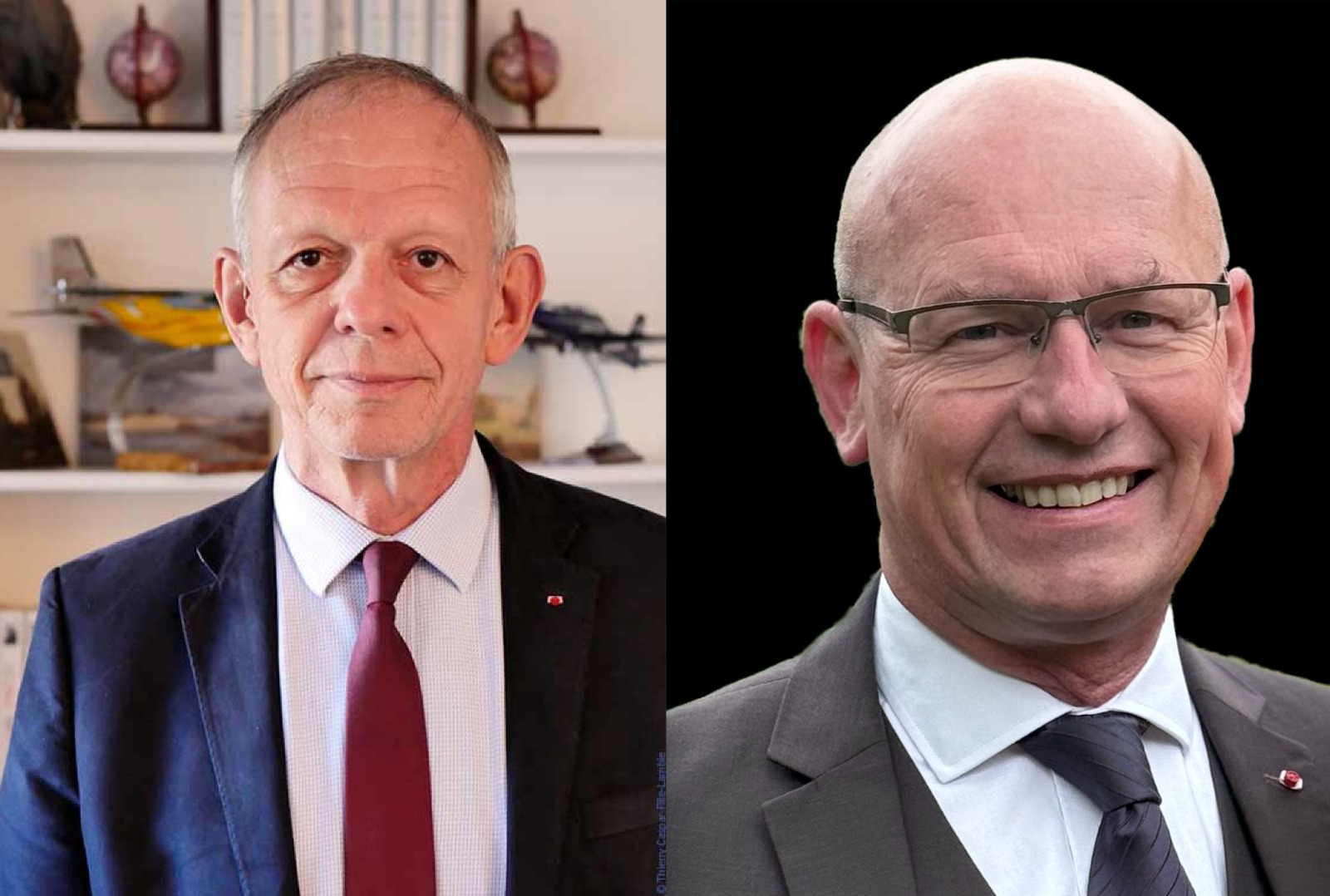Civil-military cooperation is permanent. It is particularly well demonstrated in the Vigipirate plan. Although Prefects are responsible for the general coordination of action in the fight against terrorism, the Armed Forces contribute very significantly and visibly in this, particularly in Île-de-France where, at a request from the Prefect of Police/Defence Zone Prefect to the Military Governor of Paris, they intervene in support of the police and gendarmerie forces to protect the population.
Civil-military cooperation in the fight against terrorism
In the November 2005 issue of Défense Nationale, Nicolas Sarkozy, Minister of State, and Minister for the Interior and Town and Country Planning stated: ‘The battle we are in the process of conducting today against terrorism is a struggle which will take time and will have to mobilise the energy and vigilance of each one of us’. Civil-military cooperation in the framework of the Vigipirate plan is an example of this mobilisation which is required of all our country’s forces in response to the terrorist threat.
This cooperation, which operates in the setting of many other collective security plans, has acquired particular visibility with Vigipirate, thanks to the physical presence of the military in numerous vulnerable points in the capital. The remarkable acceptance of this presence on the part of the population signifies that people understand the issues in this preventative plan and support the civil-military cooperation that it requires.
Civil-military cooperation in the Paris Defence Zone
Permanent, sustained cooperation between the civil authority (the Zone Prefect) and the military authority (the General Officer of the Defence Zone) is the keystone of the system put in place to protect the population from the terrorist threat. The Defence Zone Operational Centre (COZD) is the permanent cooperation structure linking the Prefecture and the armed forces, and is the point for gathering and sharing information between the Prefecture and the Defence Zone Headquarters.
Il reste 90 % de l'article à lire






